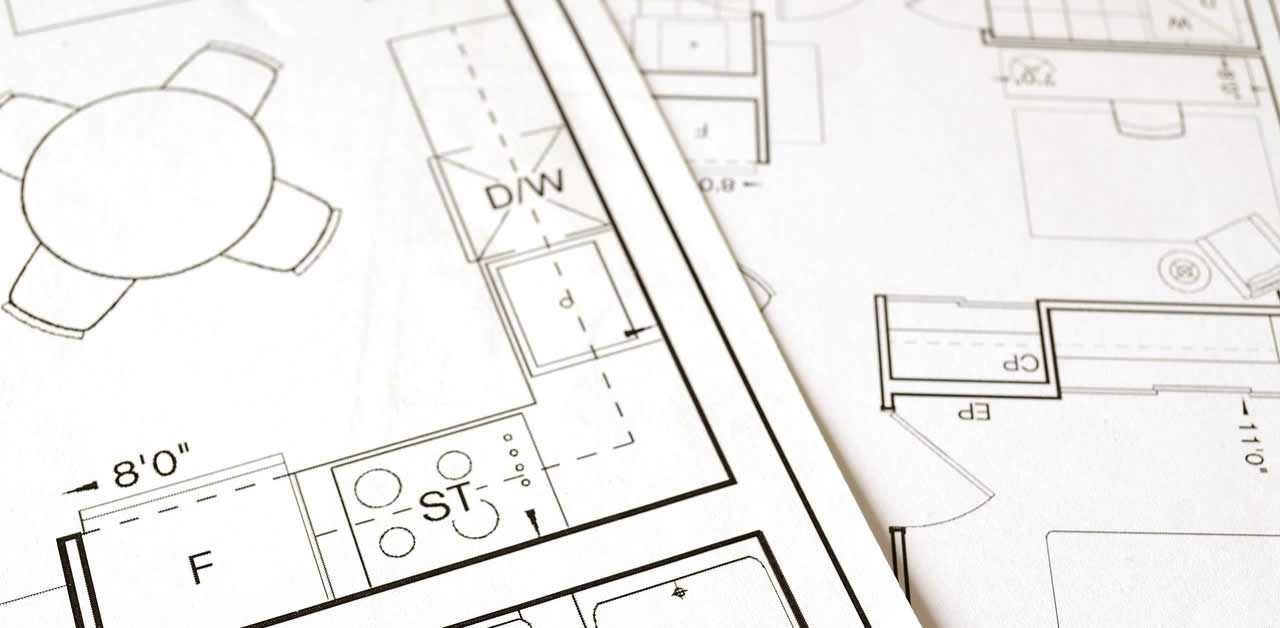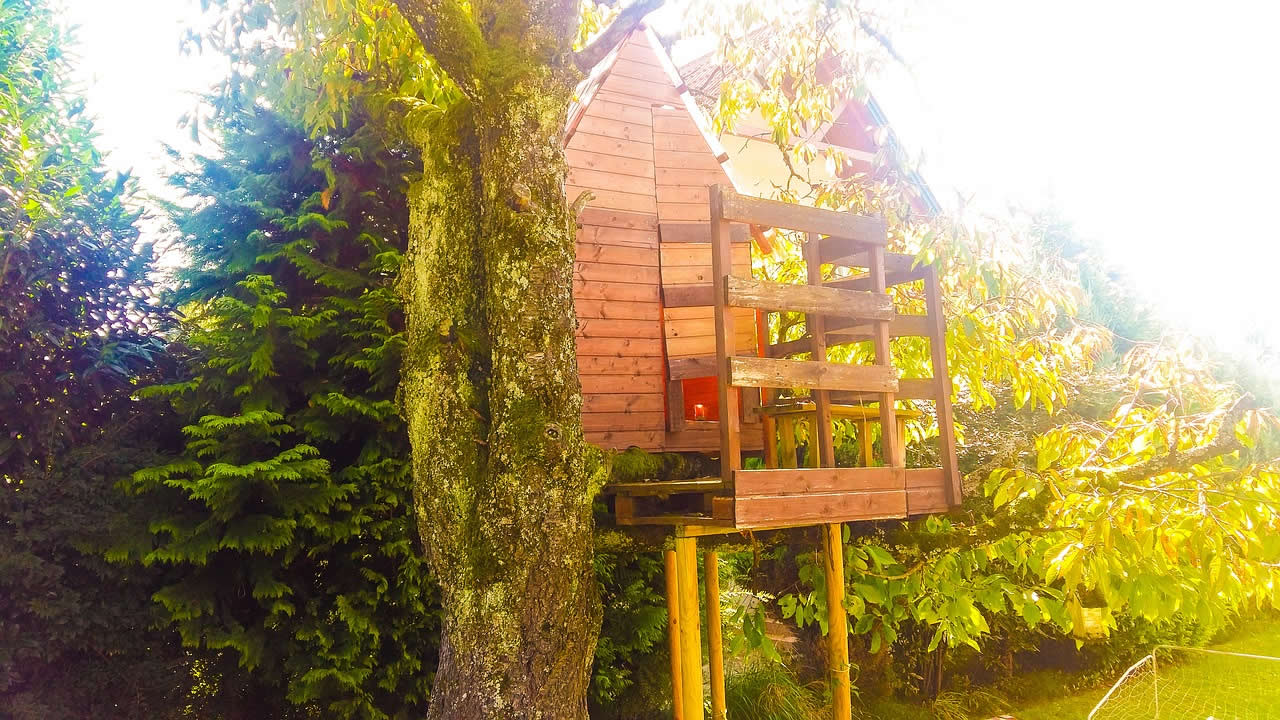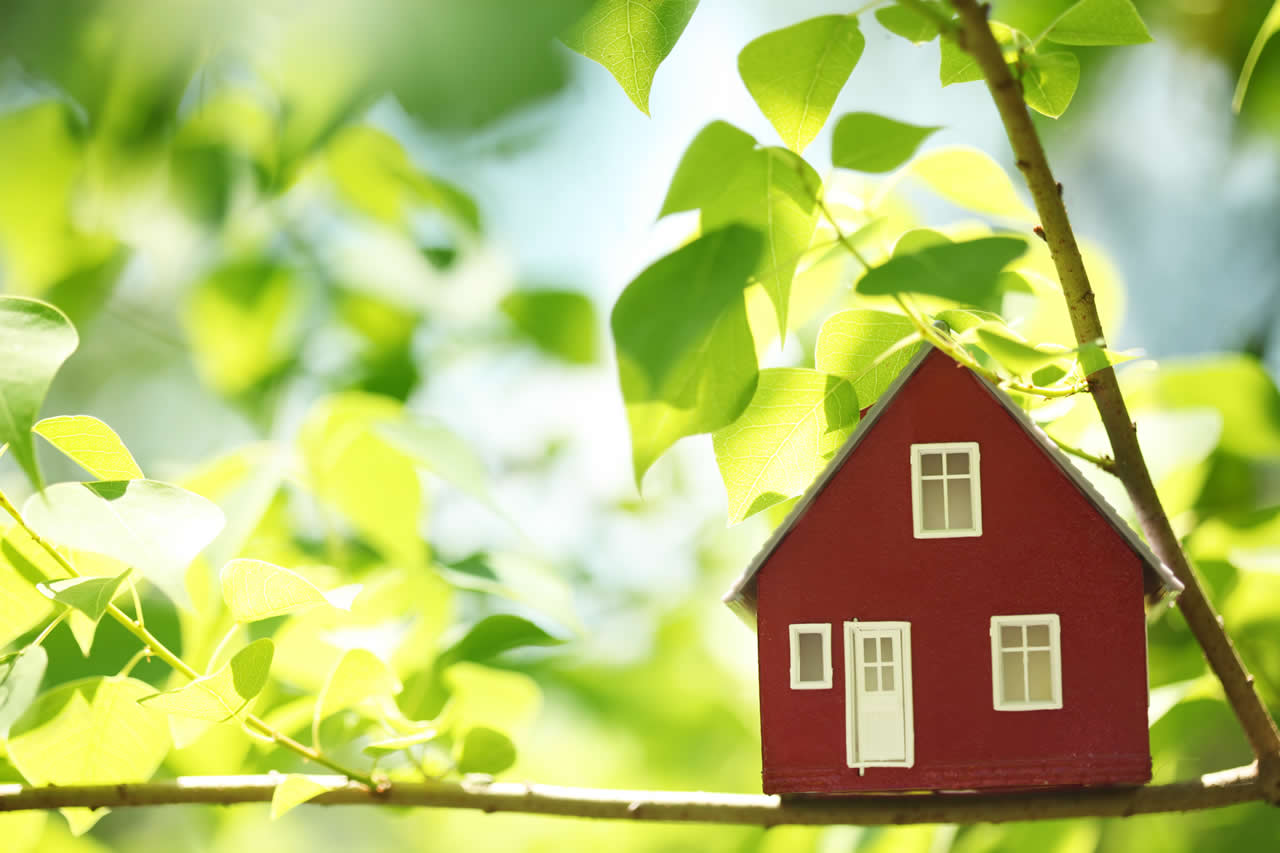Planning Permission For A Tree House - What You Need To Know
As the summer months approach and we ponder over what additions to make to our gardens as they begin to come to life again, some of you may be considering adding a treehouse for the kids (or even yourselves!) to your garden. If the kids have been nagging you to build them one or asked if they can build one for themselves, it can be a rewarding experience to add such an idyllic structure to your garden.
If you're fortunate to have a reasonably mature tree that can support your new dream structure, here are a few things you'll need to know.
What you need to know if you're building a treehouse
Firstly, let's look at the dreaded area of planning permission. Many of you will be surprised to learn that you will probably need planning permission if you want to create that perfect tree dwelling for the kids in your back garden. There have been quite a few changes in building regulations over the past decade or so; whilst some things have become easier, like getting planning permission for a single storey extension to your home, other things have got a little trickier.
In other words, if you intend to erect a structure that will overlook a neighbour's home, you'll certainly have your work cut out for you when trying to get permission to construct it; if it invades their privacy in any way, you're in for a long (and possibly costly) ride.
It's even the case that you'll need planning permission if you buy a flat-pack treehouse or even a multi-story playhouse from places like John Lewis or Argos. Whilst this isn't just singling out treehouses, the new laws govern any structure raised from the ground by as little as 1 foot (30cm) - If it's off the ground and your view is elevated in any way, you may even need to submit Ordnance Survey details showing where you intend to build it and what impact it might have on your neighbour's privacy.
A word of caution
If you decide to throw caution to the wind and go ahead and build one anyway, you may well be told to take it down again if it breaches any of the new regulations. You might even remember the story of a family who was told by their local council to remove a shop-bought Wendy House from their garden. They argued that because they didn't have a back garden, they had no option but to place it in their front garden. After receiving 2 complaints from neighbours, the council decided that:
"The proposed development would not improve the economic, social and environmental conditions of the area and therefore does not comprise sustainable development".

There's also the story of the dad who spent £800 on materials and slogged away building a garden treehouse for his daughter but was then instructed to tear it down by the council. Looking more like a lighthouse, the 15ft structure breached planning permission height regulations and as a result, he was ordered to remove it, or submit an appeal to challenge the decision.
Modern-day popularity
If reading all of the above has dulled your enthusiasm for reaching for the hammer and nails, don't despair, other, albeit shorter-term options are available.
Today, you can spend your entire holiday in a tree house if you wish. For example, in the UK, you can book a stay in one of Centreparc's luxury tree houses. A far cry from any old rickety garden tree house, these 2 storey beasts boast open-plan living areas, a games den, an entertainment system and your own private outdoor hot tub. You'll even get your very own 'treehouse host' included in this luscious woodland package.
In fact, since the mid-1990s, the idea of recreational tree houses has grown in popularity in the United States and parts of Europe. This is largely due to an increase in disposable income, better building technologies and of course, a growing interest in environmental issues and sustainable living. Also helped along by the advent of the internet, it's now easier than ever to be inspired by amazing pictures of treehouses and places where you can stay in them, or even learn how to build your own. Due to the increase in popularity, quite a few businesses have also sprung up that can design and build you a bespoke treehouse; assuming you can afford it!
Basic construction principles - Tree care
If you've decided to press ahead and build your very own treehouse, we recommend using techniques that will help minimise any damage to your tree. This should really start with the construction of a rigid platform that will form the base of your tiny new house. Depending on the type and size of the tree, the platform should rest on strong, nearby branches, preferably at the corners for added stability. It goes without saying that the branches combined MUST be able to easily support the weight of the structure and the occupants who will be in it. Don't be tempted to build a treehouse in a small or immature tree. There are also other techniques to be aware of including:
Struts and stilts - Struts and stilts are used for relieving weight on the lower elevation and can go straight to the ground. In the best interest of your tree's health, if you use stilts, this will help alleviate any stress, strain and potential injury to your tree. Using stilts also reduces the need for puncturing the tree during construction.
Stilts are usually anchored to the ground using a sufficient amount of concrete but new and innovative designs such as the 'Diamond Pier' are quicker to use in construction and are less invasive for the root system. If you opt for stilts, it's easier and quicker than relying on branches for support and it increases structural support, thus making the finished product inherently safer at the same time.
Friction and tension fasteners - Friction and tension fasteners are a common and noninvasive method for securing your tree house. These basically work by gripping the beams to the trunk of the tree and you won't need to use nails, screws or bolts (your tree will thank you for it).
Nails, screws and bolts - This is the most invasive method so it's not a favourite of ours. It is, however, a more traditional method and was far more common in years gone by. You'll need to do your homework if you intend to build your treehouse this way because what items you can use, and where to use them on the tree will be essential in completing your project successfully. For example, you'll need to find out the species of tree and whether the sap conduits run in the pith or in the bark of the tree. If you don't properly research your project beforehand, you could kill the tree. Fortunately, there are also special bolts you can use that have been specifically invented for treehouse construction; e.g. the treehouse attachment bolt. Using the correct hardware is essential in reducing the amount of stress you cause the tree.
 A treehouse built using stilts
A treehouse built using stilts
Whatever method, or combination of them you use to build your tree house, please research thoroughly first; not just for your own safety, but also for the health and well-being of the tree that will have to live with it.
History - Did we once live in trees?
According to many paleoanthropologists (a branch of archaeology with a human focus), it seems likely that humans did, in fact, live in trees prior to 40,000 years ago. Whilst evidence of cave-dwelling habitats exist after this time, there's scant evidence that our distant ancestors lived in caves prior to this. Within this 40,000 year period, there's also evidence of small ground-based 'houses' made out of rock and of the fires that were lit in caves to keep warm and cook food, but nothing has been found before this time.
Obviously, since a tree house back then would have decayed and fallen down fairly quickly once not in use, there's pretty much zero chance of finding archaeological evidence of one that may have been built so long ago.
How it may have started
It's common for many apes to build a nest in a tree. The obvious advantage of this is to protect them from ground-dwelling predators and to provide a safer haven for their offspring. It therefore seems reasonable to assume that as we evolved, we too looked skywards and adopted this useful trait from our closely related cousins.
Even in today's world, treehouses are still built by some indigenous people in order to escape the danger from predators on the ground and protect against flooding and food scavengers. In some parts of the tropics, houses are either fastened to trees or raised up on stilts to provide a place to live. In Western New Guinea (also known as Papua), a tribe named The Korowai (click link for amazing pics) live in tree houses that are a remarkable 40 metres/ 130 ft from the ground to protect themselves from the Citak, a neighbouring tribe of head-hunters!


